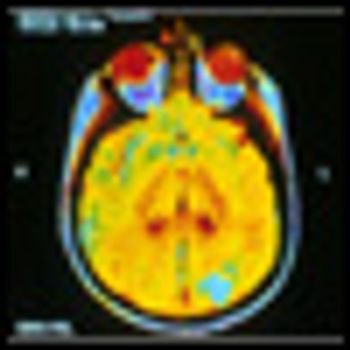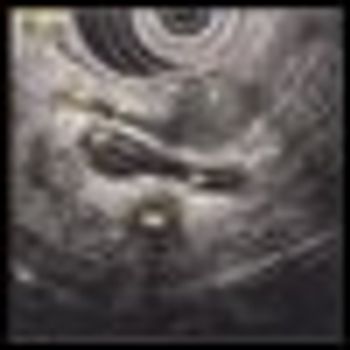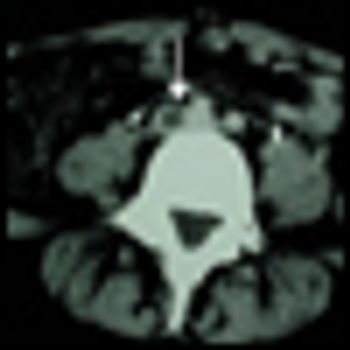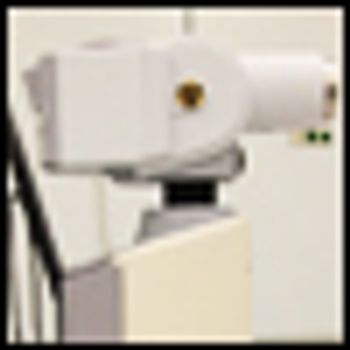
Given the abundance of breast cancer data, this review will focus on breast cancer–related lymphedema. However, the principles and controversies discussed are relevant regardless of the type of malignancy to which the lymphedema is attributed.

Your AI-Trained Oncology Knowledge Connection!


Given the abundance of breast cancer data, this review will focus on breast cancer–related lymphedema. However, the principles and controversies discussed are relevant regardless of the type of malignancy to which the lymphedema is attributed.

Combined-modality therapy has rendered disease-free an increasing number of patients who were previously considered to be incurable. Still, despite myriad advances in imaging, and in surgical and therapeutic modalities, many patients who undergo resection of limited metastatic disease with curative intent ultimately relapse.

The development of vascular endothelial growth factor (VEGF) pathway inhibitors and mammalian target of rapamycin (mTOR) inhibitors for the treatment of renal cancer is a real success story.

The etiology and risk factors of breast cancer–related lymphedema (BCRL) are multifactorial and not fully understood.

It is ironic that we were asked to comment on the article by Dr. McLaughlin in this issue of ONCOLOGY. A few months ago, one of us (LKJ) was attending a patient in the breast clinic who had recovered well from a lumpectomy with sentinel node biopsy followed by completion axillary lymph node dissection (ALND).


The surge in availability of apps for every possible purpose is not limited to Apple but has also occurred with apps for the BlackBerry, for Google's Android platform, and for a number of other devices. The authors discuss their experience with apps that are relevant, directly or indirectly, to the oncology practice for both the iPhone and Android smartphones.

Researchers have reported cases of brain tumors among cardiologists and radiologists that work in cardiac catheterization laboratories. In addition to support from the literature, documenting 5 cases of brain tumors, a new study reports 4 new cases of brain malignancies, all in the left hemisphere of the brain.

A combined dual inhibition of vascular endothelial growth factor (VEGF) and c-MET is showing promise in preventing tumor invasion and metastasis. The data thus far are in a laboratory model of pancreatic neuroendocrine cancer.

Reporting interim findings from a multi-institutional assessment of more than 50,000 people 50 to 69 years of age, COLONPREV Study Group investigators from Spain have concluded colonoscopy is better than fecal immunochemical testing (FIT) at detecting adenomas.

CancerNetwork presents exclusive coverage of the 29th Annual Miami Breast Cancer Conference. We speak with nationally recognized breast cancer specialists and bring you their insights into the optimal multidisciplinary management of patients with breast cancer and the application of innovative approaches to practice. As always, we encourage feedback and suggestions on how we can better serve your clinical cancer information needs. Please check your inbox for reports from the 29th Annual Miami Breast Cancer Conference, and watch here for our editorial staff’s coverage during the meeting.

The treatment of cancer is shifting to increasingly more oral pills. Most oncology drug labels recommend taking the pills while fasting though often there is evidence that food increases bioavailability of the medication as much as four-fold.

In this interview, Christopher-Paul Milne and Kenneth Kaitin, Tufts Center for the Study of Drug Development. discuss the current challenges of the US Food and Drug Administration review process as it relates to oncology therapeutics and upcoming changes to the Prescription Drug User Fee Act.

Semuloparin, an ultra-low molecular weight heparin reduces the probability that a cancer patient undergoing chemotherapy has a thromboembolic event by 64%. The results from the phase III trial also show that the benefit is not accompanied by an increase in major bleeding, a potential side effect of semuloparin.

In this review, the authors discuss past attempts at lung cancer screening, the results of the National Lung Cancer Screening Trial, and innovative tests for lung cancer screening currently being evaluated.

This series of case presentations (five individual cases) will provide oncologists and other healthcare professionals with strategies for evaluating evidence-based data on the latest treatments in metastatic breast cancer (MBC) and the application of that data into the development of individualized approaches to care, including overcoming resistance, in order to optimize management and outcomes for patients.

Immunoglobulin light chain (AL) amyloidosis develops in 2% of individuals with monoclonal plasma cell dyscrasias. In this issue of ONCOLOGY, Drs. Gertz and Dispenzieri discuss AL amyloidosis, highlighting progress in the field along with outstanding challenges.

Screening is always an issue that generates a great deal of emotion, as recently seen with the controversies surrounding mammography and prostate-specific antigen (PSA) testing.


Breast cancer survivorship continues to rise, but the long-lasting psychosocial and quality-of-life changes that occur after treatment need to be studied, as treatment outcomes can lead to negative side effects that outlast the treatment.

In this paper, Dr. Cherny beautifully reviews how to balance the patient's right to be adequately informed about his or her disease with the powerful cultural beliefs held in many parts of the world.

Beginning with its provocative opening case vignette, Nathan Cherny's article provides an opportunity for us to reflect on and possibly redirect our own attitudes and habits regarding difficult ethical issues in communication with our patients and their families, especially in the setting of cultural and religious diversity.

Of all diseases, cancer probably elicits the strongest emotional reaction, and this is even more true if one is an affected patient.

Nationally, the number of drug shortages has tripled since 2005. Our county’s hospice agency has experienced shortages of liquid morphine, scopolamine patches, and medications to relieve nausea. Other generic drug shortages in our clinic have included paclitaxel, leucovorin, and doxorubicin. We have had limited ability to order fluorouracil (5-FU) and mitomycin.

This article addresses some of the most common major challenges in oncologist-patient communication with a nuanced approach to the concepts of autonomy, paternalism, and culture.

The end of another year usually inspires us to interesting if not profound reflections, but in my case I am just trying to remember any rainbows of wisdom that appeared to me during 2011. Those who care for cancer patients cannot help but learn new insights about life and death, and since aphorisms are valuable only if spread, why not share a few?

A study published in the journal Cancer shows that breast cancer survivors can experience problems with specific mental abilities up to several years after treatment.

A team of researchers from the University of Connecticut at Storrs and the National Cancer Institute, analyzing US national health data on more than 4,000 racially diverse adults aged 75 years and older, has concluded that despite “ambiguity of recommendations for this group,” cancer screening rates are high in this population.

The results of a study presented at the San Antonio Breast Cancer Symposium (SABCS) prompted enough controversy to warrant a statement from 3 major medical societies and an expert panel teleconference on December 14, 2011 to discuss the analysis of data presented by the MD Anderson Cancer Center physicians.

This review will examine agents with potential activity in the palliation and treatment of skeletal metastases of prostate cancer, and will weigh the clinical-outcomes evidence for and against their broad use.